
Oral herpes is a medical condition known under the name of herpes labialis. This is an infection of the lip caused by the herpes simplex virus. Oral herpes is also known under the name cold sore. Two similar viruses cause two different types of herpes. One type is a herpes simplex virus type 1, also known as HSV-1, which is responsible for most oral herpes infections. The other type is herpes simplex virus type 2, also known as HSV-2, which is responsible for most genital herpes infections. Oral and genital herpes are similar infections, but they occur in different parts of the body. However, both infections are sexually transmittable.
Transmission of oral herpes
Herpes simplex virus type 1 affects only the human population. This is a very common infection, and it is estimated that somewhere around 65% of the United States population have antibodies to HSV-1 by the age 40. The infection can occur anytime, but it is most frequent in children, especially those younger than two years. The virus is normally contracted in a contact with infected saliva, mucous membranes or skin. The virus enters the body through small cracks or breaks in the skin and reproduces itself. For many patients, the infection is completely asymptomatic in this stage. This actually means that patient has an active infection, and may spread the virus to other people, without even having a single symptom.
At the second stage, the virus migrates to the mass of the nerve tissue in the spine, known as the dorsal root ganglion. This is where it remains dormant until the rest of the patient's life, and reactivates under certain conditions, most commonly when the immune system becomes weak. Factors that can contribute to future outbreaks are stress, ultraviolet light, fever, fatigue, hormonal changes, immune depression and trauma.
Signs and symptoms of oral herpes
It usually takes two to twelve days, between the contact with the virus and the appearance of first signs and symptoms. The symptoms of oral herpes normally last from two to three weeks. During this period, a patient may feel exhausted, extremely irritable, and may suffer from muscle aches. Some of the patients may complain about headaches, nausea and dizziness.
The symptoms of the infection usually start even before the sores appear, with a sensation of burning, tingling or itching. The blisters erupt and they appear as small, gray ulcers on a red base. The ulcers make a watery discharge, which is very contagious. In a next couple of days the ulcers will become crusted, dried and yellowish. After this phase, the new skin will begin to form underneath the scab, and the virus will again become dormant.


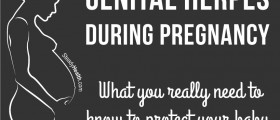
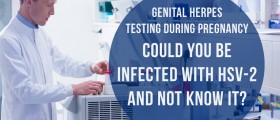

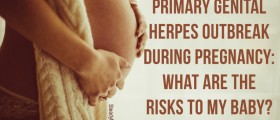




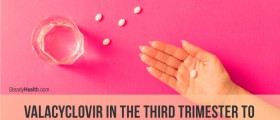


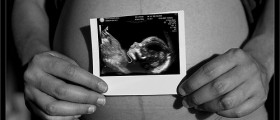
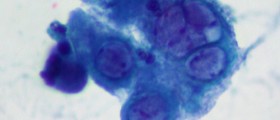


Your thoughts on this
Loading...